When it comes to designing a blouse, the choice of fabric plays a crucial role in determining its look, feel, and overall appeal. India, known for its diverse textile heritage, offers a wide range of blouse materials, each with its unique characteristics and names.
In this article, we will explore various blouse materials commonly used in Indian fashion, providing a comprehensive guide to help you make informed choices for your next blouse design project.
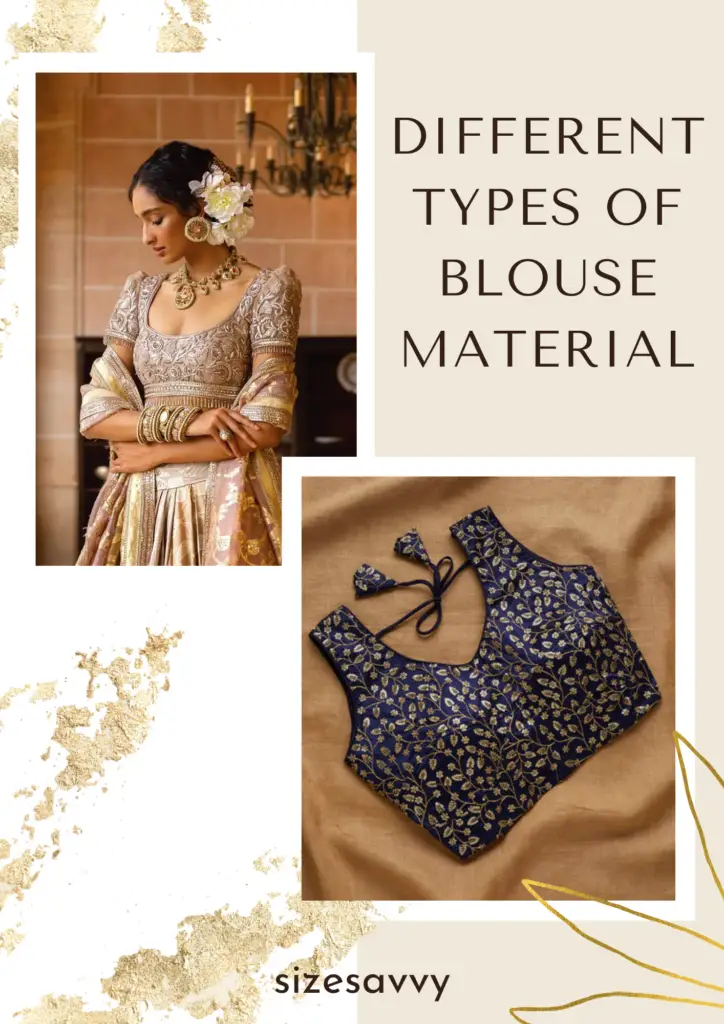
Different Types of Blouse Material and Their Characteristics
| Blouse Material | Blouse Characteristics |
|---|---|
| Silk | Smooth, rich sheen, luxurious |
| Cotton | Breathable, versatile, comfortable |
| Chiffon | Lightweight, sheer, drapes beautifully |
| Velvet | Plush, regal, adds a touch of luxury |
- Silk: Silk is a luxurious fabric widely used for blouses due to its smooth texture and rich sheen. It exudes elegance and is available in various types, including:
- Banarasi Silk: Known for its intricate brocade patterns and gold or silver zari work, Banarasi silk blouses are popular for weddings and festive occasions.
- Tussar Silk: With its natural golden hue and coarse texture, Tussar silk blouses have a unique charm, making them ideal for both traditional and contemporary ensembles.
- Raw Silk: Raw silk blouses have a slightly rough texture and a natural sheen. They offer versatility and can be adorned with embellishments or embroidery for a stunning look.
- Cotton: Cotton is a versatile and breathable fabric, perfect for everyday wear and hot climates. Different types of cotton fabrics used for blouses include:
- Handloom Cotton: Handloom cotton blouses showcase traditional weaving techniques and come in a variety of vibrant colors and prints. They are comfortable and suitable for casual occasions.
- Khadi: Known for its texture and durability, khadi blouses are made from hand-spun and handwoven cotton yarns. They have a rustic appeal and are often preferred for a minimalist or eco-friendly fashion statement.
- Chiffon: Chiffon is a lightweight and sheer fabric that adds a touch of elegance and femininity to blouses. It drapes beautifully and is commonly used for formal or evening wear. Popular chiffon variations include:
- Georgette Chiffon: Georgette chiffon blouses have a slightly heavier texture and are often embellished with embroidery or sequins. They are a popular choice for weddings and special occasions.
- Crepe Chiffon: Crepe chiffon blouses have a crinkled texture and offer a soft, delicate appearance. They are lightweight and comfortable, making them suitable for both casual and formal settings.
- Velvet: Velvet is a plush fabric with a luxurious feel and a distinctive pile. It adds a regal touch to blouses, making them suitable for grand events and celebrations. Some velvet types used for blouses include:
- Silk Velvet: Silk velvet blouses have a rich and smooth texture with a subtle sheen. They are often embellished with intricate embroidery or beadwork for a lavish look.
- Devoré Velvet: Devoré velvet, also known as burnout velvet, features a patterned design created by selectively removing the velvet pile. It adds a touch of glamour and sophistication to blouses.
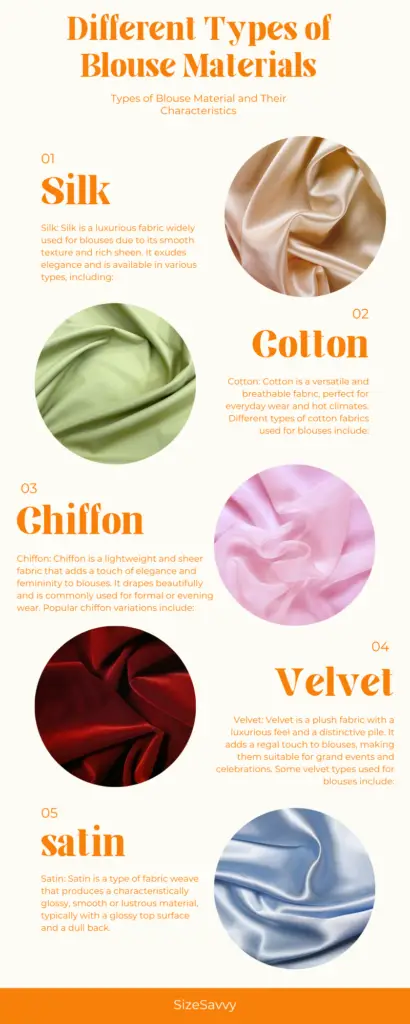
Factors to Check for Blouse Materials
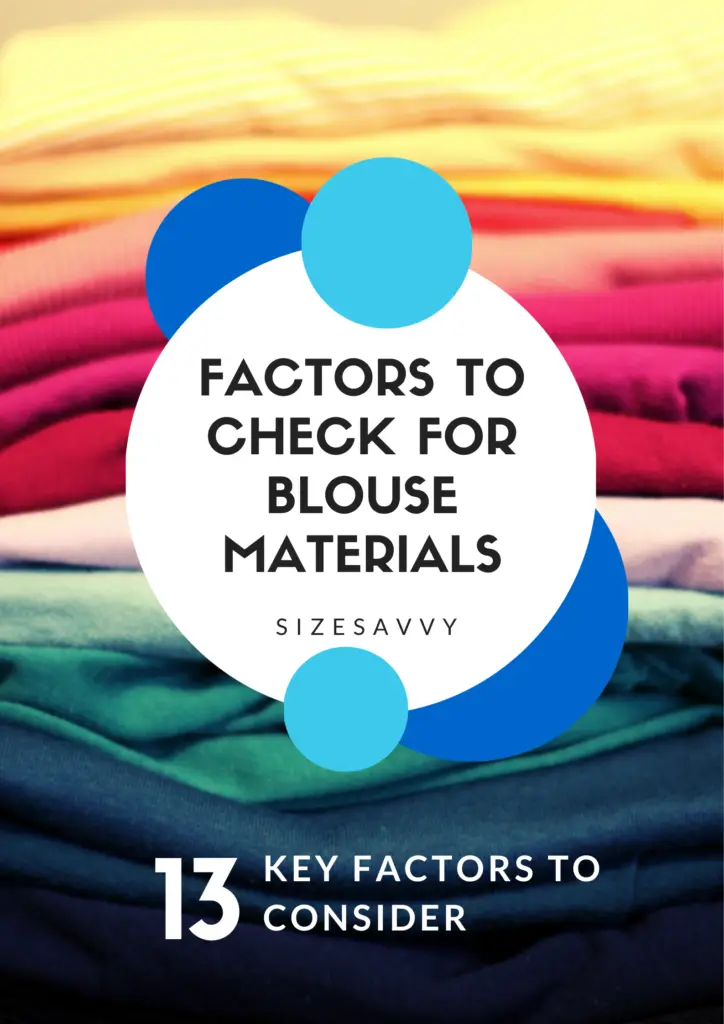
Selecting the right material for your blouse is crucial as it significantly impacts comfort, appearance, and overall outfit satisfaction. Here are key factors to consider when evaluating blouse materials:
- Fabric Type: Blouses can be crafted from various fabrics, each offering unique qualities. Some common blouse fabrics include cotton, silk, satin, chiffon, georgette, velvet, and synthetic blends. Consider the occasion and climate when choosing the fabric.
- Comfort: Comfort is paramount when wearing a blouse. Ensure the material feels soft against your skin, especially for blouses you plan to wear for extended periods. Natural fabrics like cotton and silk are known for their comfort.
- Durability: Blouses should withstand wear and washing. Look for materials that are durable and maintain their quality over time. High-quality silk, cotton, and blends tend to be more durable.
- Breathability: In warm weather, opt for breathable materials like cotton or lightweight chiffon to stay cool and comfortable. These fabrics allow air circulation and prevent overheating.
- Draping: Pay attention to how the fabric drapes. Different materials have varying levels of stiffness or fluidity. Choose a fabric that complements your body type and desired silhouette.
- Wrinkle Resistance: If you prefer low-maintenance clothing, consider fabrics that resist wrinkles. Synthetic blends and wrinkle-resistant cotton can save you time on ironing.
- Transparency: Transparency can be an issue with certain fabrics like chiffon or lace. Depending on your comfort level, you may need to wear an appropriate undergarment or choose a less sheer material.
- Color Retention: Ensure the material retains its color after washing. Some fabrics may fade quickly, diminishing the overall look of your blouse.
- Occasion: The occasion plays a vital role in material selection. Silk and satin blouses are ideal for formal events, while cotton or linen may be suitable for casual outings.
- Embellishments: Consider any embellishments or embroidery on the blouse. Delicate materials like chiffon may not support heavy embroidery, so choose a fabric that complements the desired design.
- Care Instructions: Always check the care instructions for the blouse material. Some fabrics may require special care like dry cleaning, while others are machine washable.
- Climate: Take into account the climate of your location. Breathable fabrics are essential in hot and humid regions, while warmer materials like velvet work well for colder climates.
- Personal Style: Ultimately, your style preferences matter. Some may prefer the luxurious feel of silk, while others opt for the casual comfort of cotton.
Conclusion:
Choosing the right blouse material is essential for achieving the desired look and comfort level. The diverse range of blouse materials available in India allows you to explore various textures, aesthetics, different types, and styles. Whether you prefer the opulence of silk, the breathability of cotton, the elegance of chiffon, or the plushness of velvet, there is a blouse material to suit every occasion and personal taste.
When creating a blouse, consider the fabric’s characteristics, such as its texture, sheen, and drape. Additionally, factors like climate, occasion, and personal preference should guide your material selection. By making informed choices, you can create stunning blouses that truly reflect your individual size style and make a lasting impression.
FAQs on Blouse Materials
What are the different types of silk fabrics used for blouses?
Banarasi Silk, Tussar Silk, and Raw Silk are commonly used silk fabrics for blouses. Banarasi silk is known for its intricate brocade patterns, while Tussar silk has a natural golden hue and a coarse texture. Raw silk offers versatility and a natural sheen.
Which blouse material is suitable for hot climates?
Cotton is an ideal choice for hot climates due to its breathability and comfort. Fabrics like handloom cotton and khadi are popular options as they allow air circulation and keep the wearer cool.
What is the difference between georgette chiffon and crepe chiffon?
Georgette chiffon is slightly heavier than crepe chiffon and often features embroidery or sequins. It is commonly used for weddings and special occasions. Crepe chiffon has a crinkled texture and offers a delicate appearance, suitable for both casual and formal settings.
Can velvet be worn for casual occasions?
Velvet is generally considered a fabric for special occasions due to its plush and regal look. However, if styled appropriately, a velvet blouse can be worn for semi-formal or evening events, adding a touch of sophistication to the outfit.
Are there any specific care instructions for different blouse materials?
Each blouse material may have specific care instructions. Silk blouses typically require dry cleaning, while cotton and chiffon blouses can often be hand or machine-washed. Velvet blouses may need extra care, such as gentle spot cleaning or professional cleaning.
Can blouse materials be mixed or combined?
Yes, blouse materials can be mixed or combined to create unique designs. For example, a silk velvet blouse can incorporate the smoothness of silk with the plushness of velvet. Mixing materials can add texture and visual interest to the blouse.
Are there any eco-friendly options for blouse materials?
Yes, eco-friendly blouse materials like handloom cotton and khadi are considered sustainable choices. They are made using traditional weaving techniques and natural fibers, promoting ethical fashion practices.
Can blouse materials be embroidered or embellished?
Yes, blouse materials like silk, chiffon, and velvet can be embroidered or embellished with sequins, beads, or threadwork. Embellishments can enhance the beauty and intricate details of the blouse design.
Which blouse material is suitable for formal or corporate settings?
Fabrics like silk, especially raw silk, can be suitable for formal or corporate settings. Opt for subtle colors and minimalistic designs for a professional look.
Can blouse materials be customized as per individual preferences?
Yes, blouse materials can be customized according to individual preferences. You can choose the fabric, color, texture, and design elements to create a blouse that reflects your style and suits the occasion.
What fabric is used for a saree blouse?
Saree blouses are made from a variety of fabrics, including silk, cotton, brocade, georgette, and chiffon, among others. The choice of fabric depends on the saree and the desired look.
Which type of blouse is best?
The best type of blouse depends on your body shape, saree style, and personal preferences. Common blouse styles include princess-cut, boat neck, sweetheart neck, and high neck, among others.
Which style of blouse is best?
The best blouse style varies by individual choice and the occasion. Classic styles like the round neck, V-neck, and U-neck blouses are versatile and suit various sarees.
What are the 3 main types of fabric?
The three main types of fabric are natural fabrics (e.g., cotton, silk, wool), synthetic fabrics (e.g., polyester, nylon, spandex), and blended fabrics (combinations of natural and synthetic fibers).
Which blouse material is best for Aari work?
Blouses made from silk or silk blends are often chosen for Aari work due to their smooth surface, which is suitable for intricate embroidery.
What is an Aari blouse?
An Aari blouse features exquisite hand embroidery work done with an Aari needle, creating intricate patterns and designs. It is a traditional and highly skilled form of embroidery often used on blouse designs.
Which type of blouse looks slim?
Blouses with vertical patterns, deep necklines, and darker colors can create the illusion of a slimmer appearance. High-neck blouses and princess-cut blouses also provide a slimming effect.
Is a padded blouse better?
Padded blouses can provide added support and shape to the bust area. They are a good choice if you want a well-defined silhouette or if you have a smaller bust.
Which blouse is best for a heavy bust?
Blouses with wider necklines, like V-necks or scoop necks, are often suitable for those with a heavy bust as they balance the overall look. Avoid high necklines and overly tight-fitting blouses.
Which fabric is best for a blouse bra?
For a blouse bra, comfortable and breathable fabrics like cotton or cotton blends are commonly used. These materials ensure comfort and ease of movement.

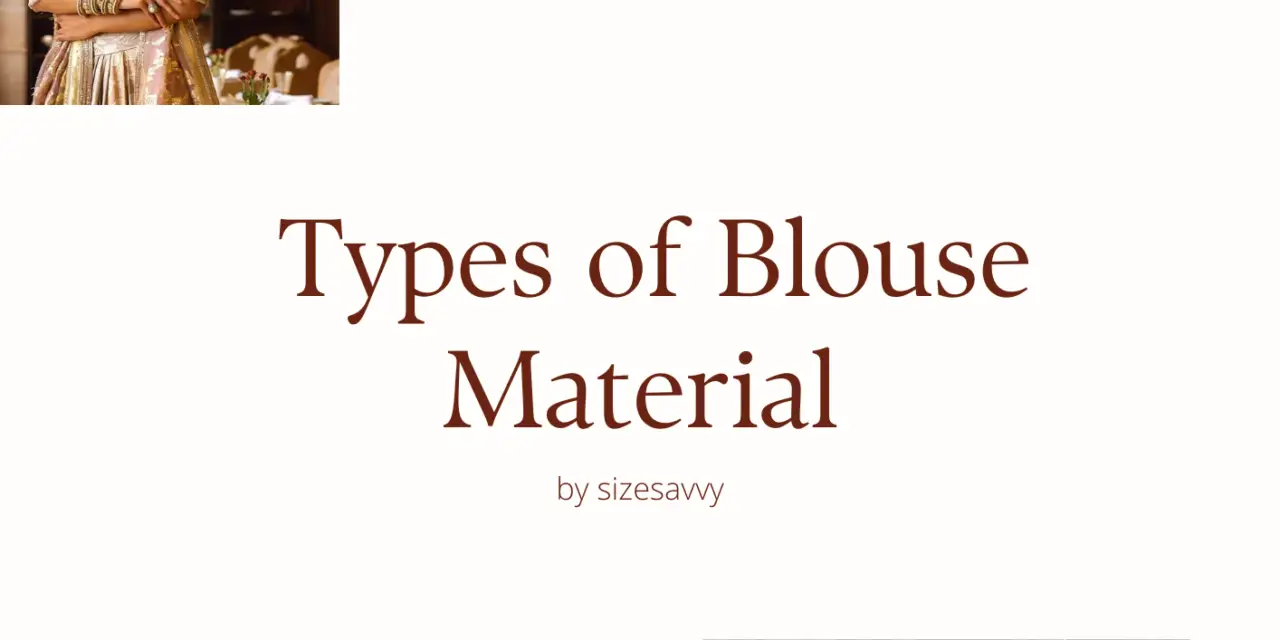
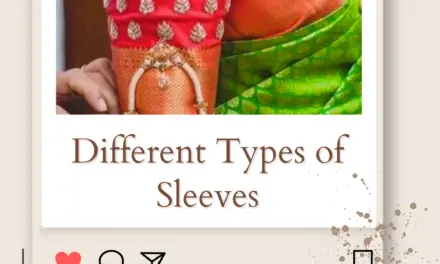
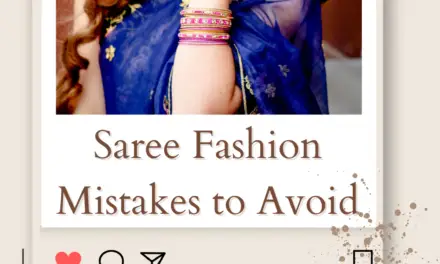

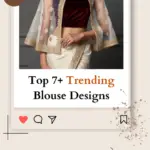

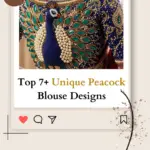
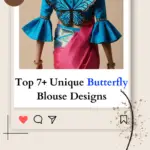
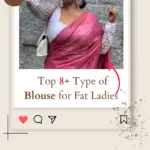




I’m all about sustainable style, and blouses like these, created from
eco-friendly materials, make me feel like I’m contributing to a better planet.
Blouses for women